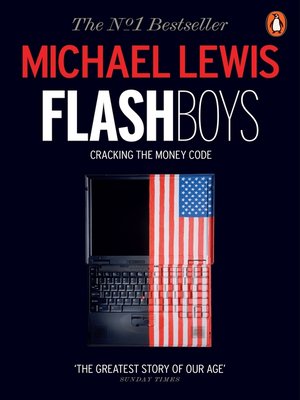

All this has happened since the 2008 financial crisis, a period in which the markets were supposed to have been under closer scrutiny than ever. They have turned the exchanges into a computerized monster churning up unprecedented market volatility. Today's prime exemplars, argues Michael Lewis in "Flash Boys," are high-frequency traders-or HFTs-who nickel-and-dime investors by exploiting a technological arsenal of servers, fiber-optic cable and microwave transmission towers to trade milliseconds ahead of everyone else in the markets.


Wall Street has always attracted more than its share of scammers and bandits. Its the story of what its like to declare war on some of the richest and most powerful people in the world. It was as if the market were reading his mind and adjusting the prices just before he made his trade. In Flash Boys, Michael Lewis tells the explosive story of how one group of ingenious oddballs and misfits set out to expose what was going on. But the moment he pushed the buy button, the offers vanished. He was trying to buy 10,000 shares of Intel, offered at $22. In the spring of 2007, Brad Katsuyama, a rising New York banker at the Royal Bank of Canada, realized something was funny with the markets. Bloomberg Business Week Michael Lewis is one of the premier chroniclers of our age Huffington Post Michael Lewis is a genius, and his book will give high-frequency trading a much-needed turn under the microscope - Kevin Roose New York Magazine Flash Boys is remarkable for its moral outrage as it reveals how high-frequency traders.


 0 kommentar(er)
0 kommentar(er)
